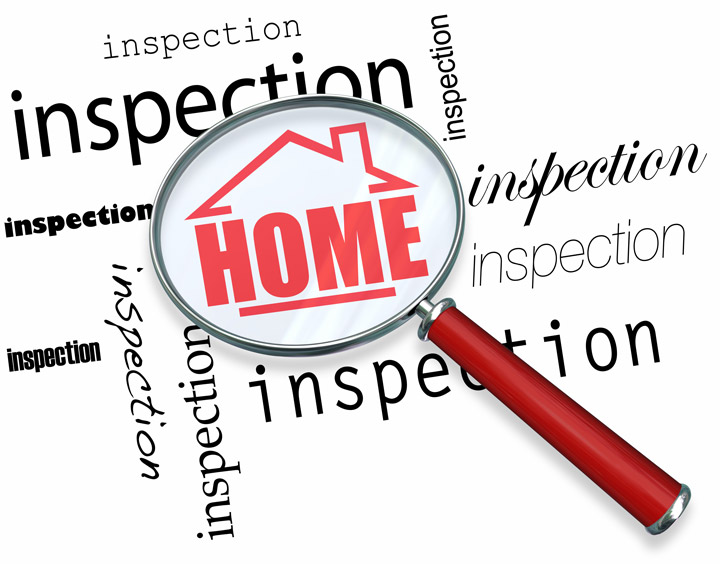
Home Appraisals: A PrimerAcquiring real estate is the largest transaction some of us could ever encounter. It doesn't matter if a primary residence, a second vacation property or a rental fixer upper, the purchase of real property is a complex transaction that requires multiple people working in concert to make it all happen. Most people are familiar with the parties having a role in the transaction. The real estate agent is the most known face in the exchange. Next, the bank provides the financial capital required to fund the exchange. And ensuring all areas of the exchange are completed and that a clear title passes from the seller to the buyer is the title company. So, what party makes sure the property is worth the amount being paid? This is where the appraiser comes in. We provide an unbiased opinion of what a buyer might expect to pay — or a seller receive — for a property, where both buyer and seller are informed parties. A licensed, certified, professional appraiser from Tana Despain Appraisal Services will ensure, you as an interested party, are informed. Inspecting the subject propertyTo ascertain an accurate status of the property, it's our duty to first complete a thorough inspection. We must see features hands on, such as the number of bedrooms and bathrooms, the location, and so on, to ensure they really are present and are in the shape a reasonable person would expect them to be. The inspection often includes a sketch of the floorplan, ensuring the square footage is accurate and illustrating the layout of the property. Most importantly, we identify any obvious amenities - or defects - that would affect the value of the property. Once the site has been inspected, an appraiser uses two or three approaches to determining the value of real property: a paired sales analysis, a replacement cost calculation, and an income approach when rental properties are prevalent. 
Cost ApproachThis is where the appraiser gathers information on local building costs, labor rates and other factors to figure out how much it would cost to replace the property being appraised. This value usually sets the maximum on what a property would sell for. The cost approach is also the least used predictor of value. 
Analyzing Comparable SalesAppraisers become very familiar with the communities in which they work. They innately understand the value of specific features to the people of that area. Then, the appraiser researches recent transactions in close proximity to the subject and finds properties which are 'comparable' to the property being appraised. Using knowledge of the value of certain items such as square footage, extra bathrooms, hardwood floors, fireplaces or view lots (just to name a few), we add or subtract from each comparable's sales price so that they more accurately match the features of subject.
After all differences have been accounted for, the appraiser reconciles the adjusted sales prices of all the comps and then derives an opinion of what the subject could sell for. At Tana Despain Appraisal Services, we are experts when it comes to knowing the worth of real estate features in Lake City and Craighead County neighborhoods. The sales comparison approach to value is commonly awarded the most consideration when an appraisal is for a home purchase. Valuation Using the Income ApproachA third method of valuing approach to value is sometimes employed when a neighborhood has a measurable number of rental properties. In this scenario, the amount of income the property generates is taken into consideration along with other rents in the area for comparable properties to derive the current value. Putting It All TogetherCombining information from all approaches, the appraiser is then ready to document an estimated market value for the property at hand. The estimate of value on the appraisal report is not necessarily what's being paid for the property even though it is likely the best indication of what a property is worth. There are always mitigating factors such as the seller's desire to get out of the property, urgency or 'bidding wars' that may adjust an offer or listing price up or down. But the appraised value is often used as a guideline for lenders who don't want to loan a buyer more money than the property is actually worth. At the end of the day, an appraiser from Tana Despain Appraisal Services will help you attain the most fair and balanced property value, so you can make wise real estate decisions. |